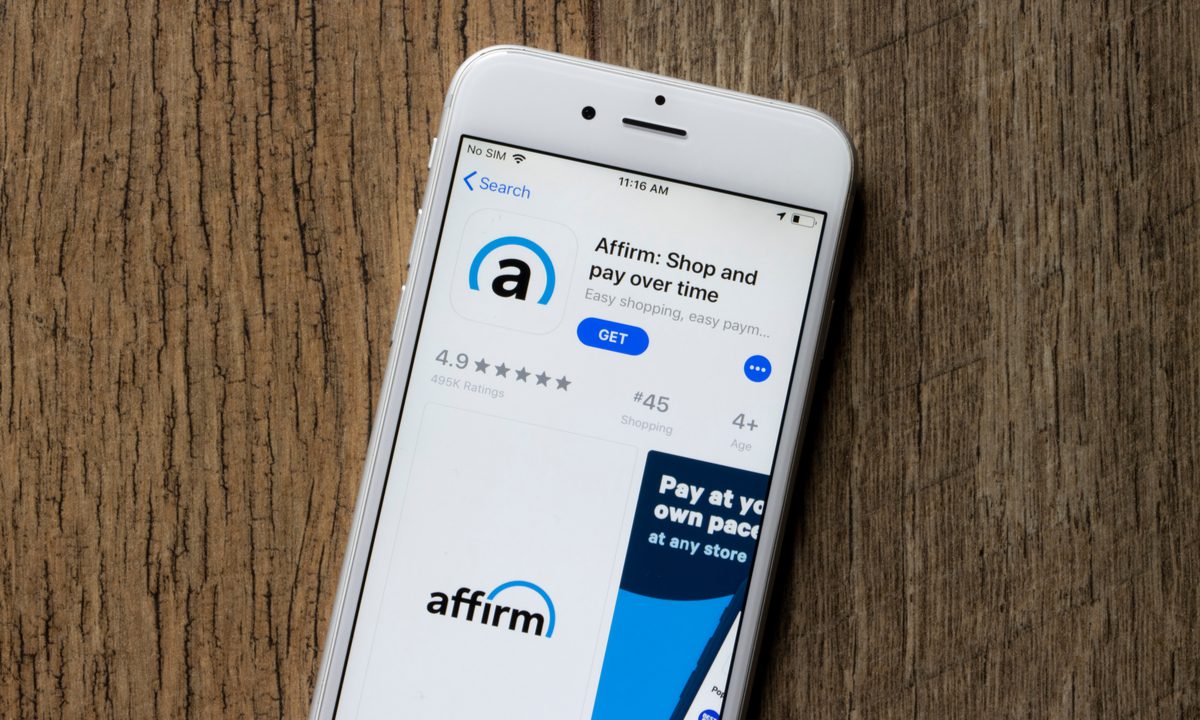
Live by the eCommerce giant, die by the eCommerce giant.
As of Friday morning (Feb. 11) shares in buy now, pay later (BNPL) provider Affirm were down 8%, the day after the company’s fiscal second-quarter report signaled margin pressure from its expanded Amazon partnership. As a read-across, it may be the case that the BNPL firm’s pacts with retailing behemoths are less economically attractive than some observers had hoped.
Another way to put it might be that transaction volumes are swelling, but the full impact is not making it to the operating line, which is awash in red ink.
In terms of the high-level numbers, the company said its quarterly revenues climbed to $361 million, surging from last year’s $204 million. The latest reading topped Wall Street estimates of $329 million. Gross merchandise volume (GMV) grew by 115% year on year, active customers showed a 150% leap to 11.2 million, and the merchant base grew by 200% to 168,000 in the quarter.
The stock drubbing could be related to the larger-than-expected $159 million operating loss, or perhaps to the Peloton relationship.
Read more: Affirm Investors Look For Answers as Stock Declines 21%
But a parsing of the conference call revealed concerns over the “take rate.” For Affirm, the take rate is the revenue as a percentage of GMV. Supplemental materials from the company showed that its revenue as a percentage of GMV contracted by 1.70% (170 basis points) to 8%, where as recently as the fiscal fourth quarter, that tally was 10.5% (across all revenue streams). The firm said that the contraction was tied in part to product mix. Affirm’s Split Pay offering grew by four times as measured year over year. The merchant fee rates on that segment stand at about 5%. The “core IB” business, which includes loans with interest from Affirm, and which includes the largest merchants (Amazon among them), shows a declining merchant fee rate that slips below a 2.5% level.
Puts and Takes in the Retail Mix
During a question-and-answer session with analysts, the issue was raised that the implied revenue transaction cost rate would seem to be at about that 5% level. Chief Financial Officer Michael Linford said that transactions during the quarter “tended to mix toward either lower revenue less transaction costs, take rates as a percentage of the total or tend to be a little bit more back-end weighted. And both those two effects caused the percent to go down.”
Although the tradeoffs here are that the take rates may be pressured, the company gets an onramp to the installed base of customers at Amazon (or Peloton or Walmart). But as some analysts pointed out on the call, as much as $1.5 billion is being guided as additional GMV for the current fiscal year, while revenues less transaction expenses may be relatively unchanged (which implies at least some pressure — management said the take rate is at the “higher end” of the 3% to 4% range less transaction costs).
As Linford noted on the call, in reference to the take rate trends, “Amazon is part of it … there’s a lot of growth happening across the whole portfolio, so it’s not just limited to Amazon. But the interest-bearing portfolio is growing quite quickly, and that does tend to have that effect [of lowering the take rates]. The other obvious impact with respect to the revenue less transaction cost as a percentage of GMV is the mix toward Split Pay, again, as it does run lower.”
On the interest-bearing business — with the Amazon and Walmart relationships presumably included here — Linford said that the potential is there for Affirm to earn higher total revenue less transaction costs, “but over time. And I think as we continue to scale some of our enterprise partnerships, you’re going to see some, again, back-endedness to the timing of those things.”
Time will tell if investors are willing to take a wait-and-see approach.